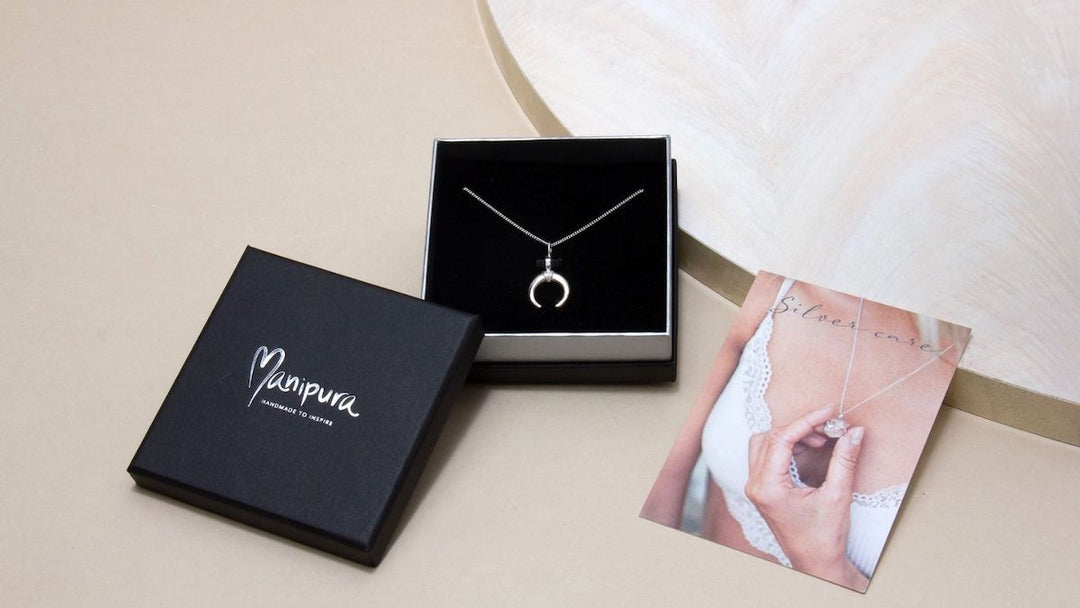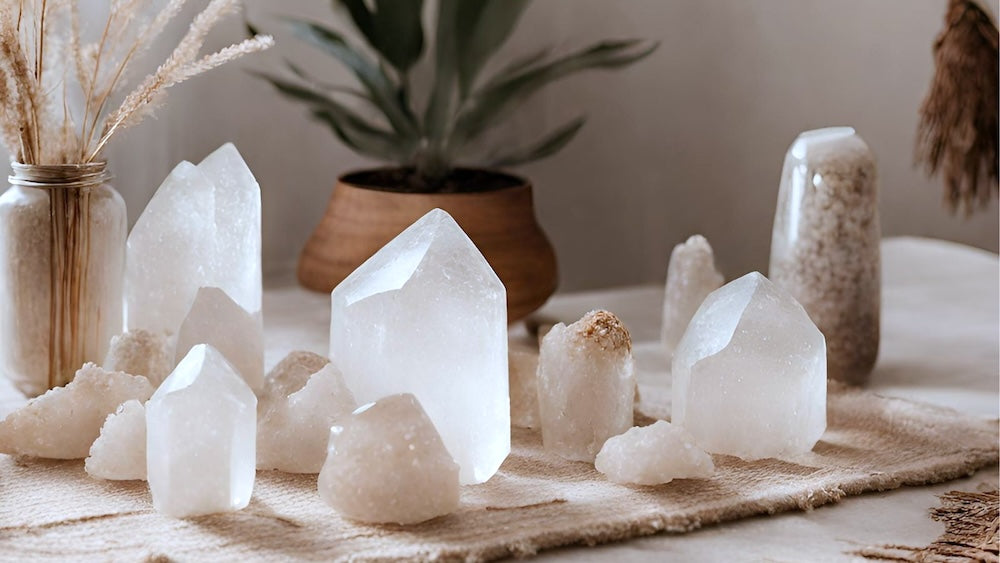Mala Beads, Mantras & Meditation - How do they come together?
Beads of Joy / Published in Yoga International Magazine - Oct 2017

Meditation is a spiritual practice for quieting the mind, which offers us an intimate appreciation of life right here and now. Different meditation methods teach us to focus our awareness on various objects, other than our thinking process. One of these methods, which is particularly powerful is Japa Meditation. Japa means repetition, and it refers to the repetition of mantras while practicing meditation.
A mantra can be a word, prayer, a holy name, or even a sacred sound that has meaningful significance to us. Mantras are especially helpful in letting go of strong emotional waves, such as fear, anxiety, and anger. They act as a tape loop playing on inside, reminding us of our essence.
The power of mantras lies in their repetition, at any time or place, when walking, taking a shower, washing the dishes, or sitting for meditation. Practiced consistently, mantras have the ability to steady the mind and transform consciousness. In Buddhism, Mantra means ‘mind-protecting’ because It prevents the mind from going into its usual mechanical habits.

Swami Muktananda used to tell a story about a saint who once gave a discourse on Mantras, while a man in his audience stood up and said:
“What is this Mantra nonsense? Who wants to waste time repeating the same word. Do you think you will fill up your belly by chanting ‘bread, bread, bread’?” The saint jumped up from his seat, pointed his finger at the man, and shouted, “Shut up and sit down, you stupid ass!” The man was furious. He got red, and his body started shaking with rage. He shouted back, “You call yourself a holy man, and you use a foul term like that in talking to me?” The saint said very mildly, “But, sir, I don’t understand. You heard yourself being called an ass just once, and look how it’s affected you. Yet you think that our repeating the Lord’s name over and over again won’t benefit us.”
What are Malas and why we use them for meditation?
A Mala (necklace in Sanskrit) is a string of prayer beads often used in Japa Meditation. We recite a mantra as we pass beads through our fingers. While practicing a mantra doesn’t require a Mala, it is a helpful kinaesthetic counting device, making sure we complete 108 cycles of repetition.
It also adds a tactile dimension to our practice, with the sensation of beads between the fingers, keeping us awake and present. Bead by bead, like steps on a stairway, walking us up and taking us closer to god. Traditionally a Mala has 108 beads plus a larger guru bead. A wrist Mala often has 27, or 54 beads. These numbers are sacred in numerology. They all divide into each other and all have digits that add up to nine.
Traditionally, as taught in the Bhakti tradition, you hold the Mala with your right hand, hanging over the third finger. You pass each bead between the thumb and the third finger, pulling bead by bead towards you. The index finger never touches the Mala as it is associated with the Ego. The third finger is believed to have a certain trigger point connected to the spine, which aids in maintaining a high level of energy during practice. There are typically knots between each bead making it easier to contact each bead. Counting should always begin with a bead next to the guru bead. With each bead you repeat your mantra. When arriving at the guru bead, do not count it, touch it or pass it. Instead, pause, bring your teacher to mind, Then flip the Mala around, and go back the other way starting a new cycle of 108 repetitions.

From Seeds to powerful Gems
 In Hinduism, various seeds are used for different gods. For example, Rudraksha seeds represent Lord Shiva while Red Sandalwood is for Sri Durga. In Tibetan Buddhism, Rosewood beads are used as they symbolize compassion. Gemstone beads add a new dimension to Malas with their unique metaphysical properties. Created in the Earth in a process of mineralization, high pressure, and time, Gemstones hold within them energies and qualities that relate to us humans who are made of the same Earth. Such energies can relate to the basic needs of survival or health. Others relate to less tangible needs, such as love or self-expression, while others support more spiritual intentions.
In Hinduism, various seeds are used for different gods. For example, Rudraksha seeds represent Lord Shiva while Red Sandalwood is for Sri Durga. In Tibetan Buddhism, Rosewood beads are used as they symbolize compassion. Gemstone beads add a new dimension to Malas with their unique metaphysical properties. Created in the Earth in a process of mineralization, high pressure, and time, Gemstones hold within them energies and qualities that relate to us humans who are made of the same Earth. Such energies can relate to the basic needs of survival or health. Others relate to less tangible needs, such as love or self-expression, while others support more spiritual intentions.Some common gemstones and their qualities
Turquoise helps with Self-acceptance, healing, connection with nature while harmonizing female and male energies.
Roze Quartz is the ‘love’ stone and supports the heart in staying open, not only in romantic love but also with family, friends, and oneself.
Onyx offers protection and healing, as it creates a ‘cocoon’ of protection around one’s own energy.
Garnet with its special red color, associated with the primordial fire, helps in driving passion, energy, and creativity towards manifestation.
Citrine helps with success, personal growth, and inspiration as its closely related to the 3rd chakra in the Solar Plexus.
Lapis assists with truth, wisdom, and power. Lapis is about inner strength as it is associated with the quality of ‘knowing’ and ‘inner-truth’, that stem from the 5th chakra (throat).
Amethyst supports peace, emotional protection, and sobriety. It is called the ‘yogi of gemstones’ since it helps with staying grounded while maintaining a spiritual perspective. Wearing it while meditating is believed to deepen the practice and create a heightened awareness.
For more information about stones, talismans, and symbols please visit our Gemstones & Symbols page












